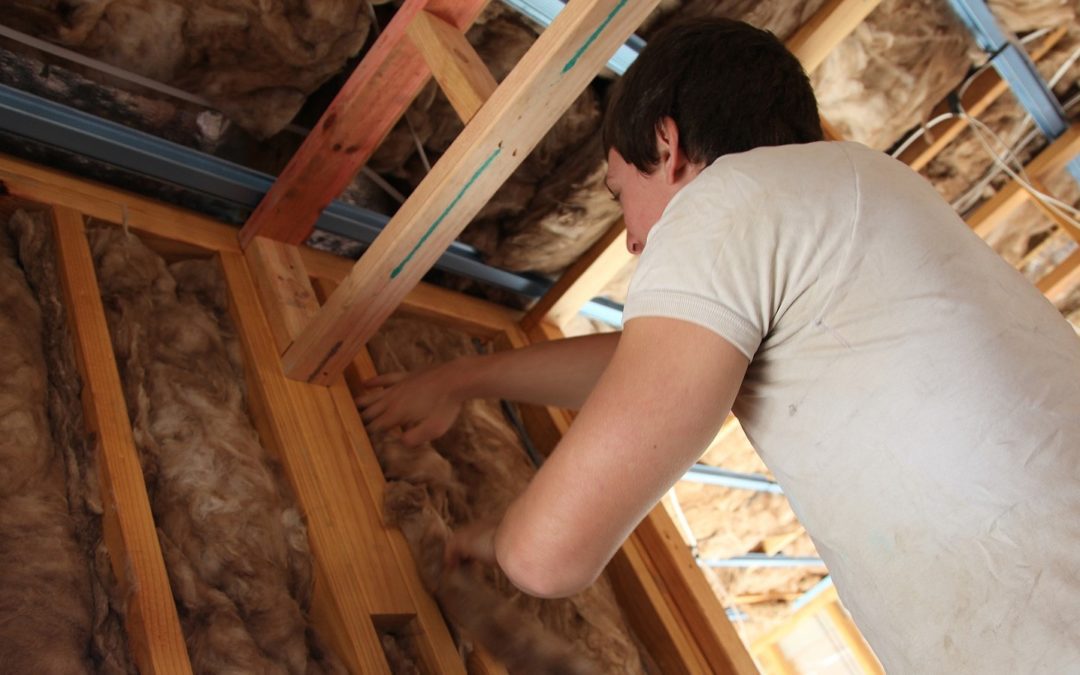Winter is a time of year when many people are looking for ways to be warm and cozy to combat the chilly temperatures outside. It’s also the time of year when energy bills can skyrocket. Focusing on energy efficiency can help you keep your home or temperature comfortable and your energy bills at bay while also reducing your carbon footprint.
Energy efficiency means using less energy to accomplish the same tasks while cutting energy bills and reducing pollution in the process. Particularly during the winter months, heating costs are traditionally higher because it requires more energy to keep your house at a specific temperature when the temperature outside is lower.
1. Do a Heating Systems Checkup
Be sure all vents and registers throughout your home are clear of obstructions. Checking that all plugs, vents and appliances are in safe, working order can also help improve efficiency and prevent potential hazards. Also consider hiring a professional annually to tune up your HVAC system, tighten electrical connections and check controls to ensure they are working properly and safely.
2. Install Energy-Efficient Light Bulbs and Appliances
It’s important to replace old light bulbs and appliances in your home with newer, energy-efficient ones. Using LED light bulbs in place of traditional incandescent bulbs can save homeowners in energy costs each year, according to the U.S. Department of Energy. You can also install timers to ensure you’re only using electricity when needed.
Whether you love spending time in the kitchen or you’d rather leave the cooking to someone else, you can make your kitchen a greener space by installing energy-efficient appliances, such as refrigerators, ovens, microwaves and dishwashers.
3. Add Insulation
Install insulation in and around windows, walls and doors to decrease heat flow from warmer spaces to colder ones, helping to maintain your home’s temperature and lower your heating and cooling costs. Also insulate your water heater with a blanket or cover and check the insulation in your attic, basement, walls and crawlspaces for leaks.
4. Improve Flooring and Windows
Adding rugs or carpet to hardwood floors and ceramic tiles can help prevent drafts and make the room feel cozier. Installing double-paned windows can also help prevent cold air from leaking into your rooms while opening blinds and curtains during the day to let in light can naturally heat up the space.
5. Use an Energy-Efficient Space Heater
A space heater is a simple option for heating up a single chilly room for a short amount of time, which makes it perfect for those looking to save money and energy. Some space heaters are designed specifically for energy efficiency. They use infrared technology to heat rooms, sensing spots that need heat and distributing it accordingly by heating objects instead of filling the space with heat.
Every winter, be sure to take action to make your home more energy efficient. You don’t have to do it alone, however. You can hire a professional to help you with energy efficiency projects; just be sure to do your homework. Look for unbiased customer reviews on independent business directories review. Once you have everything in place, you can reduce the amount of money you spend on heating costs this winter without sacrificing comfort or convenience.

